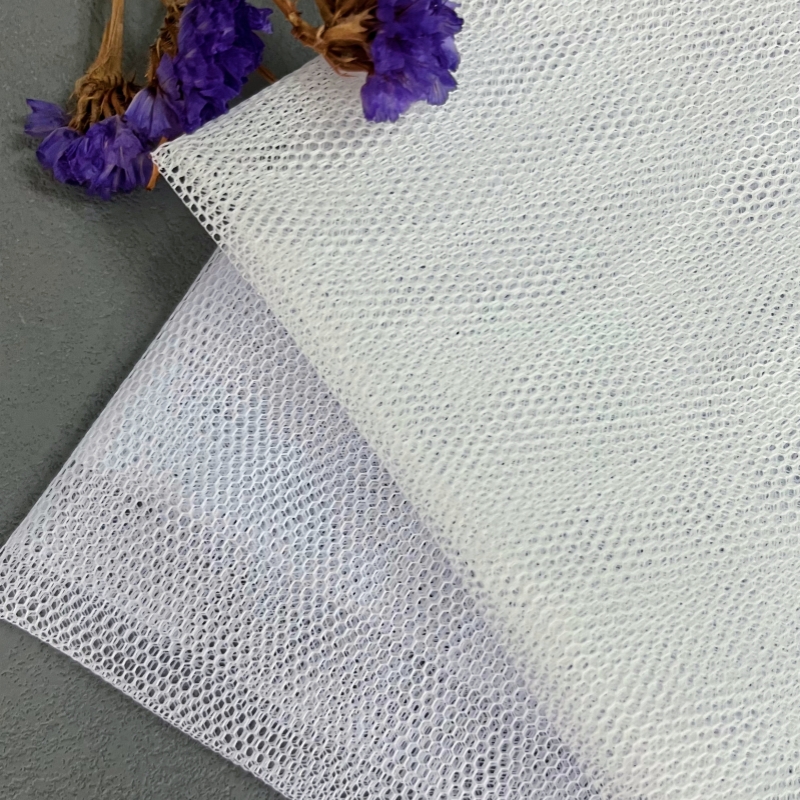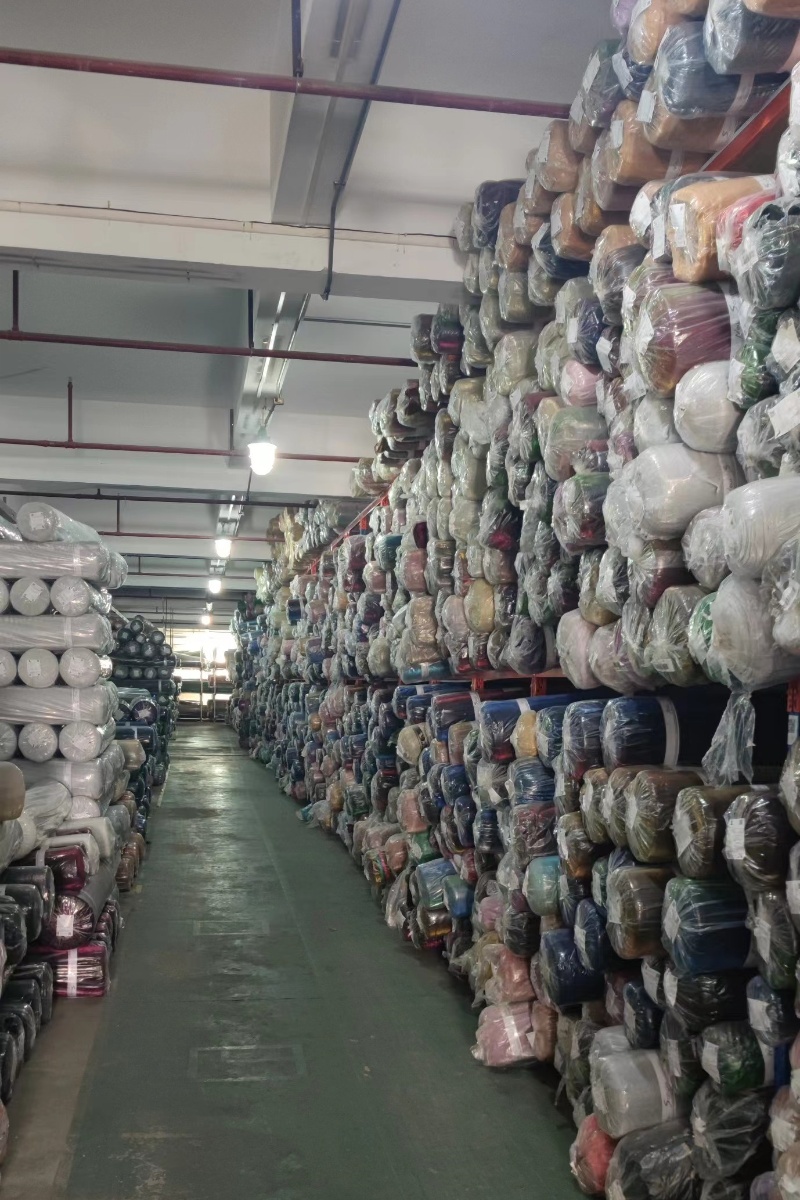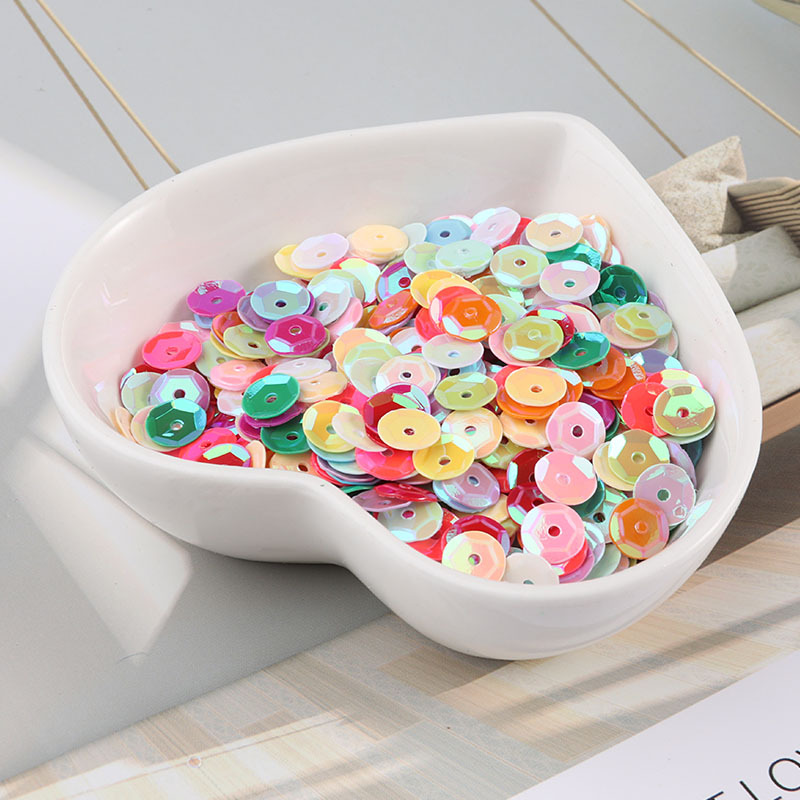🧵 What Is Tulle Fabric?
The Lightweight Mesh That Brings Fashion & Decor to Life
Tulle is one of the most iconic fabrics in fashion and event design—light, airy, and endlessly versatile. Whether it’s cascading from a wedding veil or adding volume to a layered dress, tulle is a go-to fabric for designers, decorators, and DIY enthusiasts alike.
In this blog post, we’ll walk you through what tulle is made of, where it’s used, and why it’s still a trend-forward choice in today’s market.
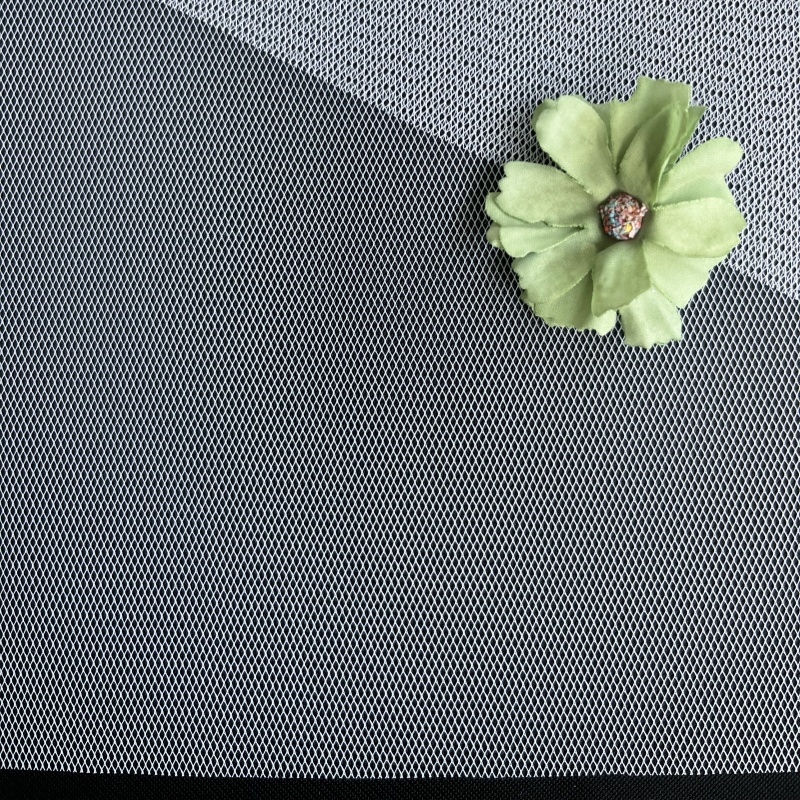
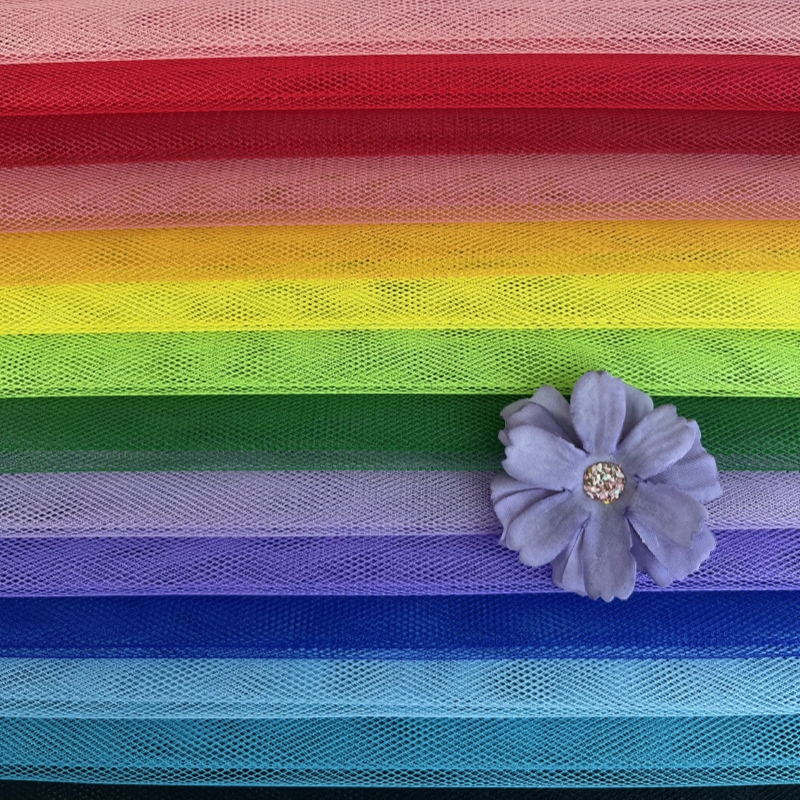
✨ What Exactly Is Tulle?
Tulle is a fine net fabric made from nylon, polyester, or spandex. It’s known for its lightweight feel and mesh-like structure that gives it a sheer, delicate appearance.
-
Nylon tulle: Soft, flexible, commonly used for veils and eveningwear.
-
Polyester tulle: More structured and cost-effective, ideal for decor and crafts.
-
Spandex-blend tulle: Offers stretch and comfort, perfect for dancewear and performance costumes.
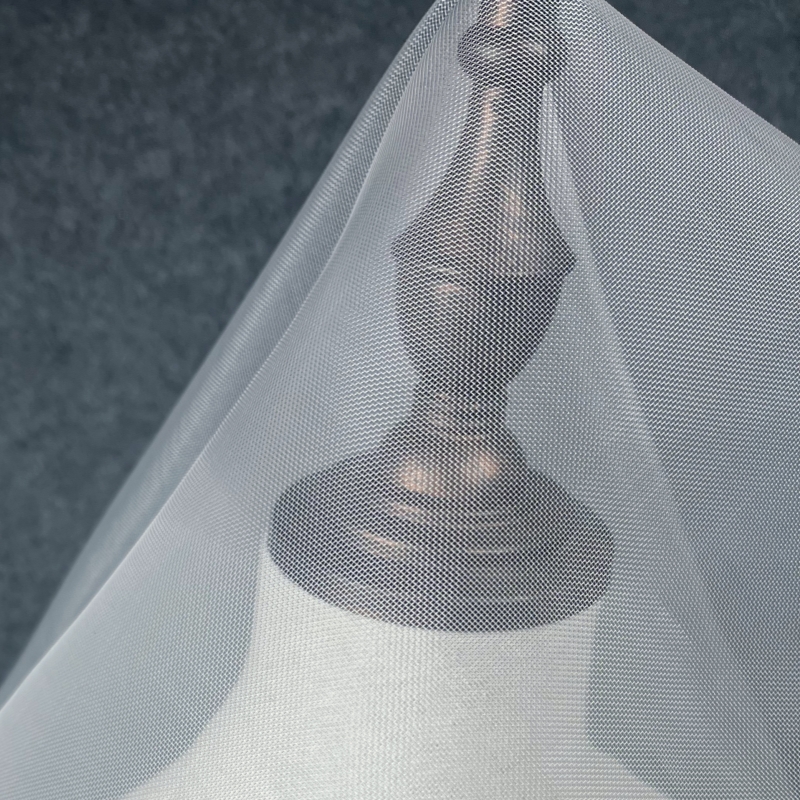
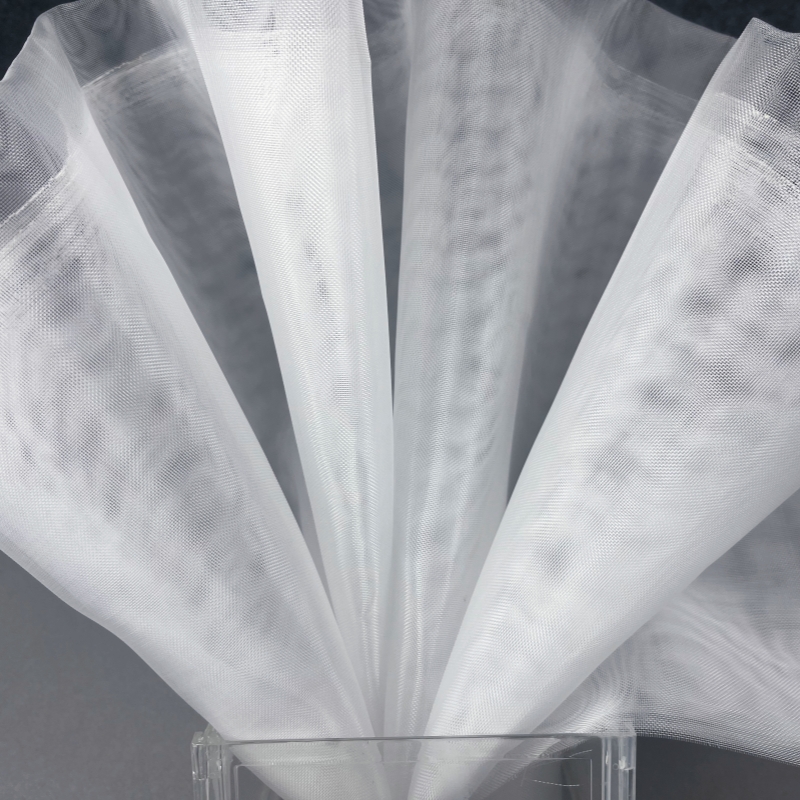
👗 Common Uses of Tulle in Today’s Market
Tulle’s versatility spans industries:
-
Bridalwear: Wedding veils, gowns, petticoats, and overlays.
-
Fashion: Evening dresses, tiered skirts, decorative sleeves, and children’s wear.
-
Event Decoration: Chair sashes, table skirts, party backdrops, ceiling drapes.
-
Crafting: Gift wraps, DIY bows, tutu skirts, and costume accessories.
💡 Trend Watch: Embellished tulles—like embroidered, rhinestone, or glitter tulle—are gaining traction in North American and European markets for their couture appeal.
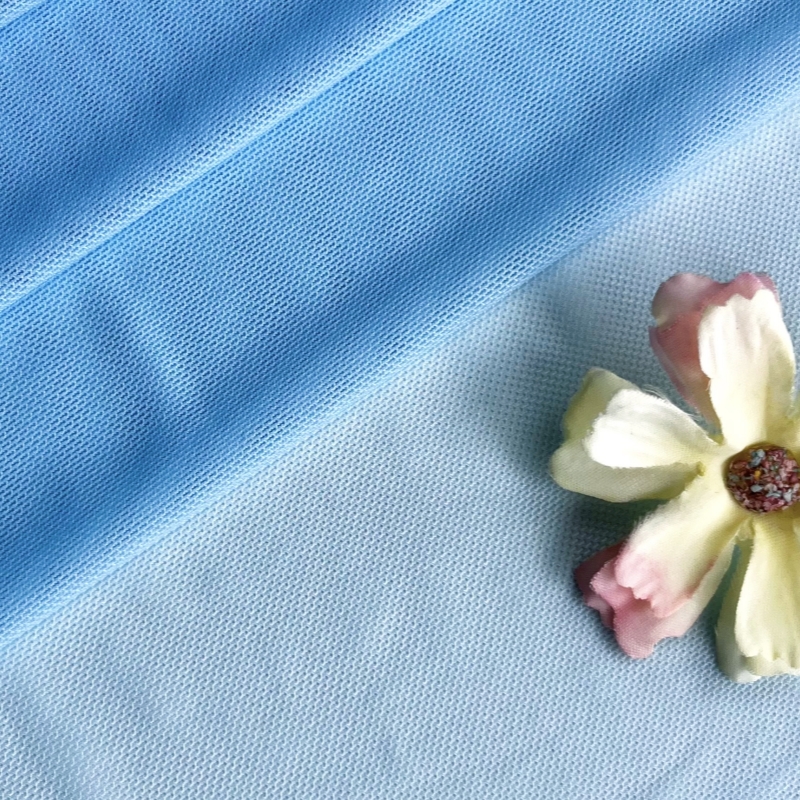
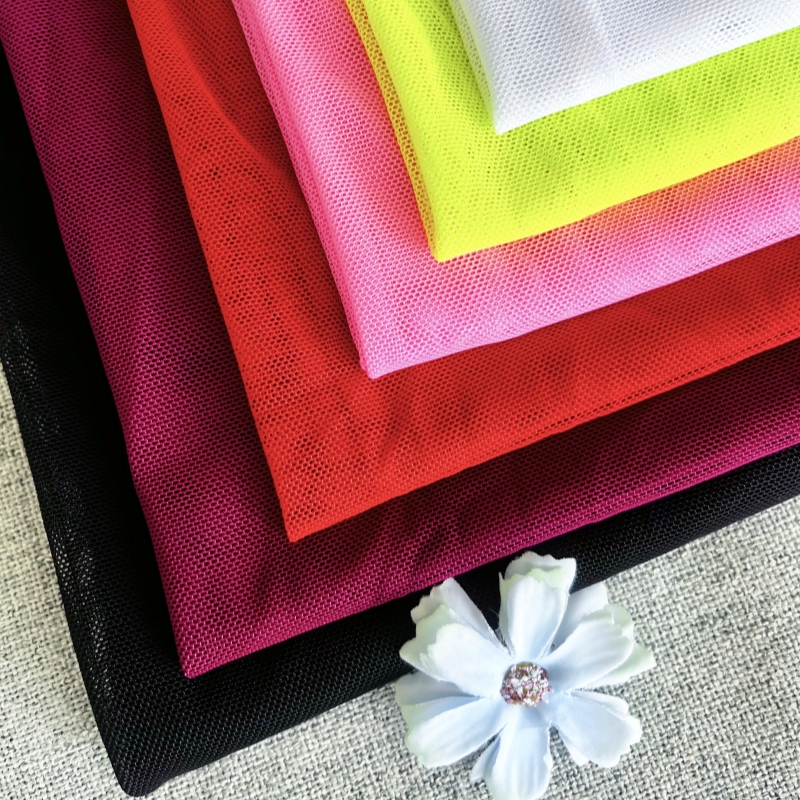
✅ Pros & Cons of Tulle
| ✅ Benefits | ❌ Considerations |
|---|---|
| Lightweight and breathable | Can snag easily |
| Adds volume without bulk | Slippery texture is hard to sew |
| Elegant, romantic appearance | May need lining for durability |
| Affordable and widely available | Not suitable for high-friction uses |

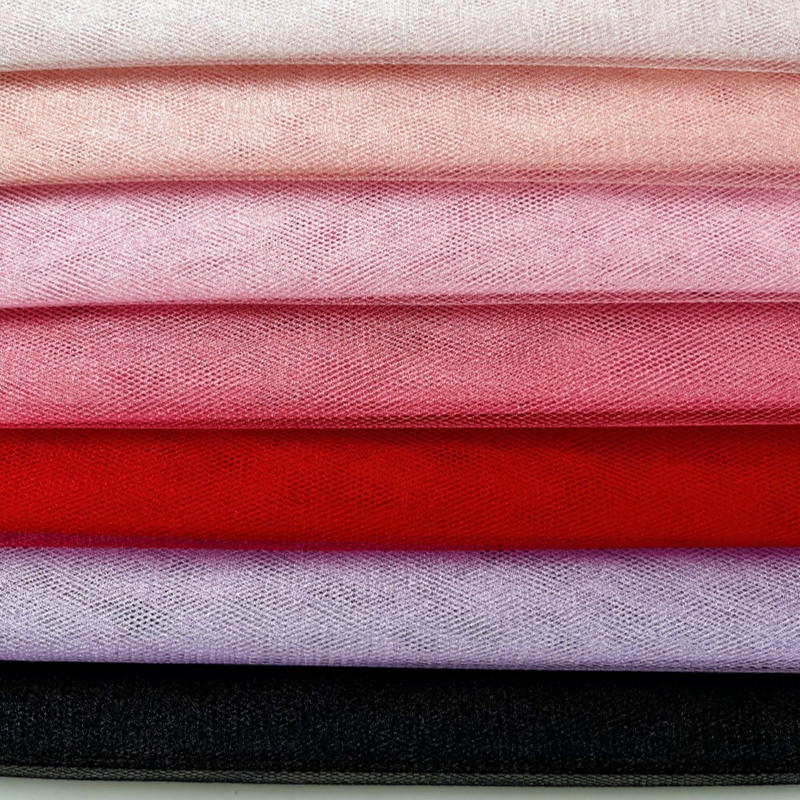
🌿 Innovation & Sustainability
In response to growing demand for eco-conscious fabrics, many manufacturers now offer:
-
Recycled polyester tulle made from post-consumer plastic bottles.
-
Biodegradable tulle made from corn fibers or bio-based synthetics.
-
Low-impact dye options for custom colors.
These options appeal to designers and brands committed to sustainable fashion.
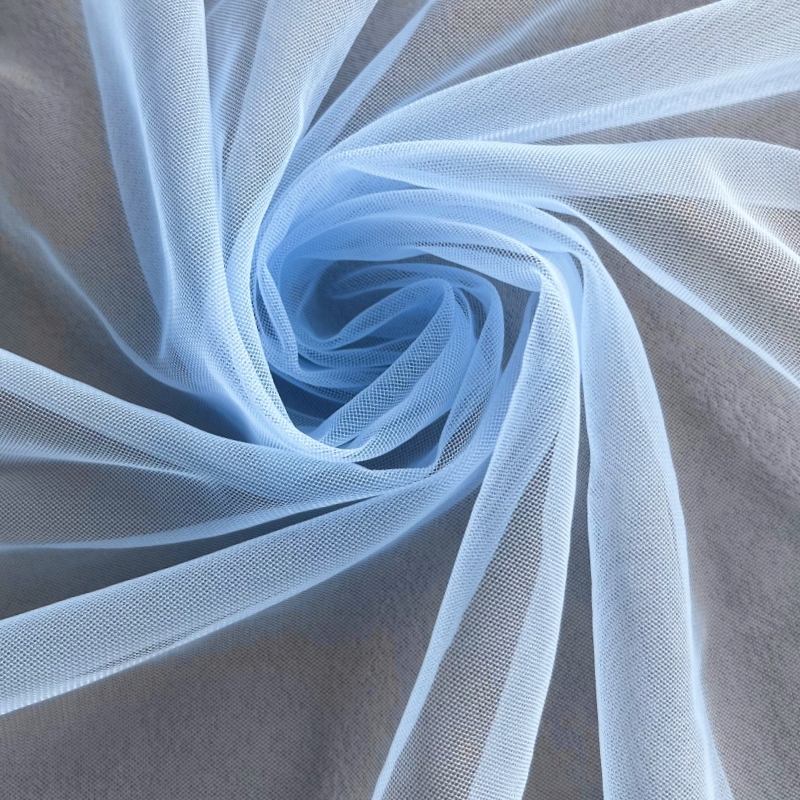
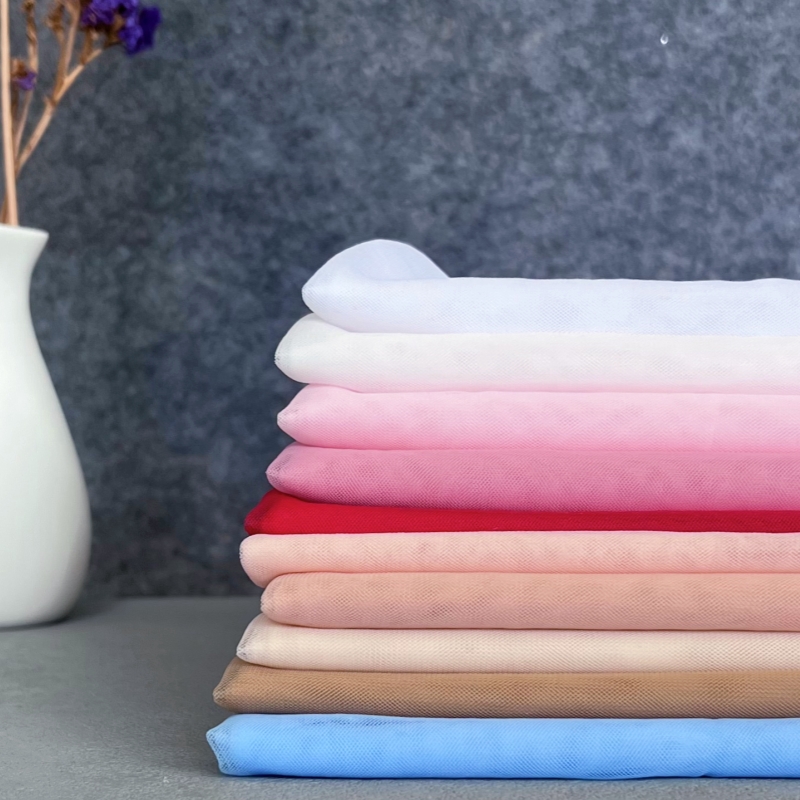
🧵 Pro Tips: Working with Tulle Like a Pro
If you’re a designer or crafter, here’s how to get the best results:
-
Use sharp microtex needles for precision.
-
Finish edges with French seams to avoid fraying.
-
For structure, layer tulle with organza or interfacing.
-
Store rolled on a tube, not folded, to avoid wrinkles.
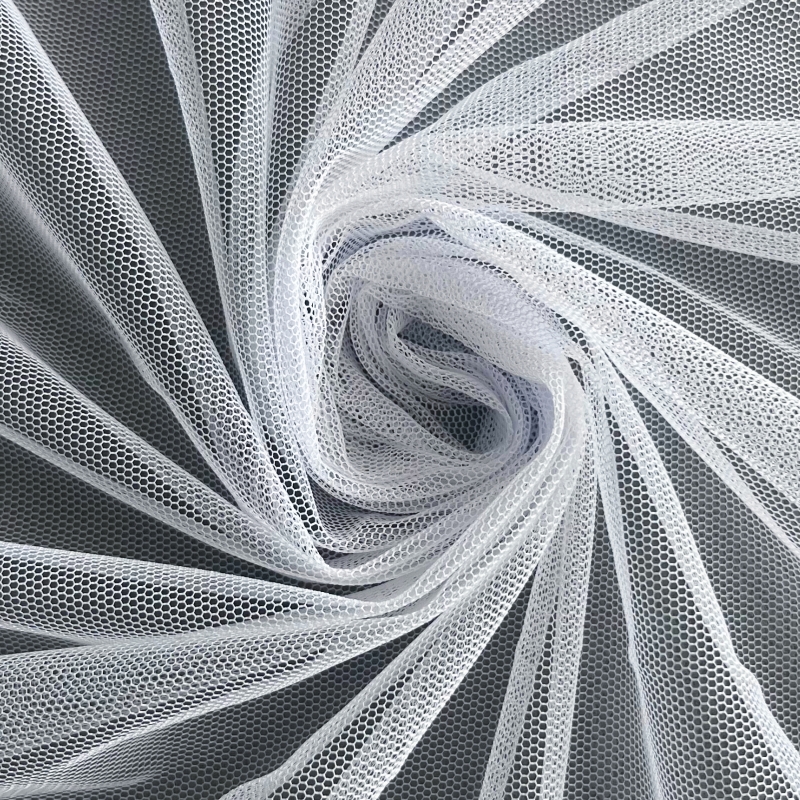

📣 Conclusion & Call to Action
From weddings and stage costumes to home décor and holiday crafts, tulle is the fabric that brings softness, movement, and elegance to every project. Its timeless charm and modern upgrades (like embroidered or sustainable versions) make it more relevant than ever.
👉 Looking for high-quality tulle fabric in bulk?
We offer a curated collection of bridal, fashion, and decorative tulles—available for wholesale, export, or custom orders. [Contact us now] or browse our collection to get inspired.

